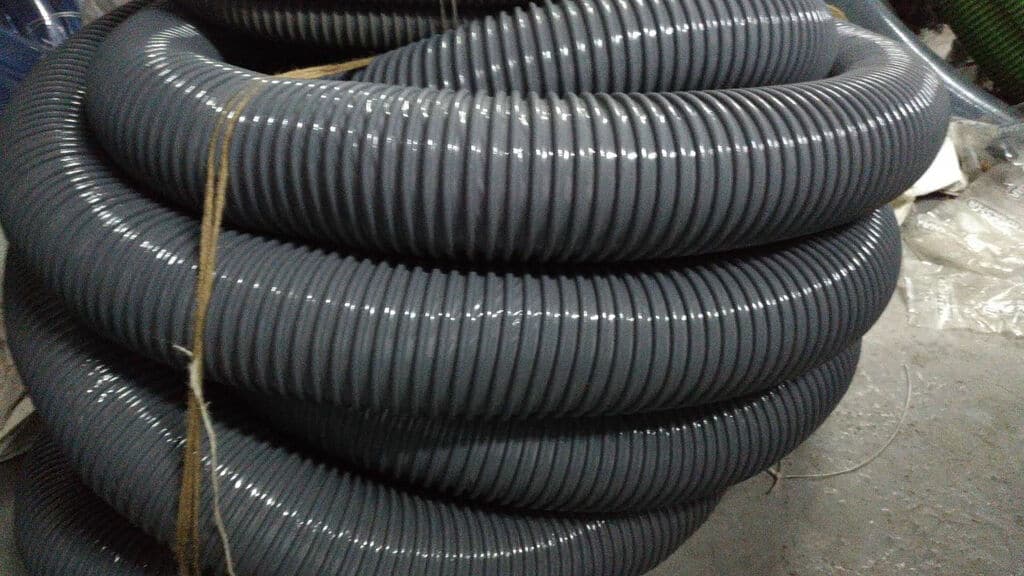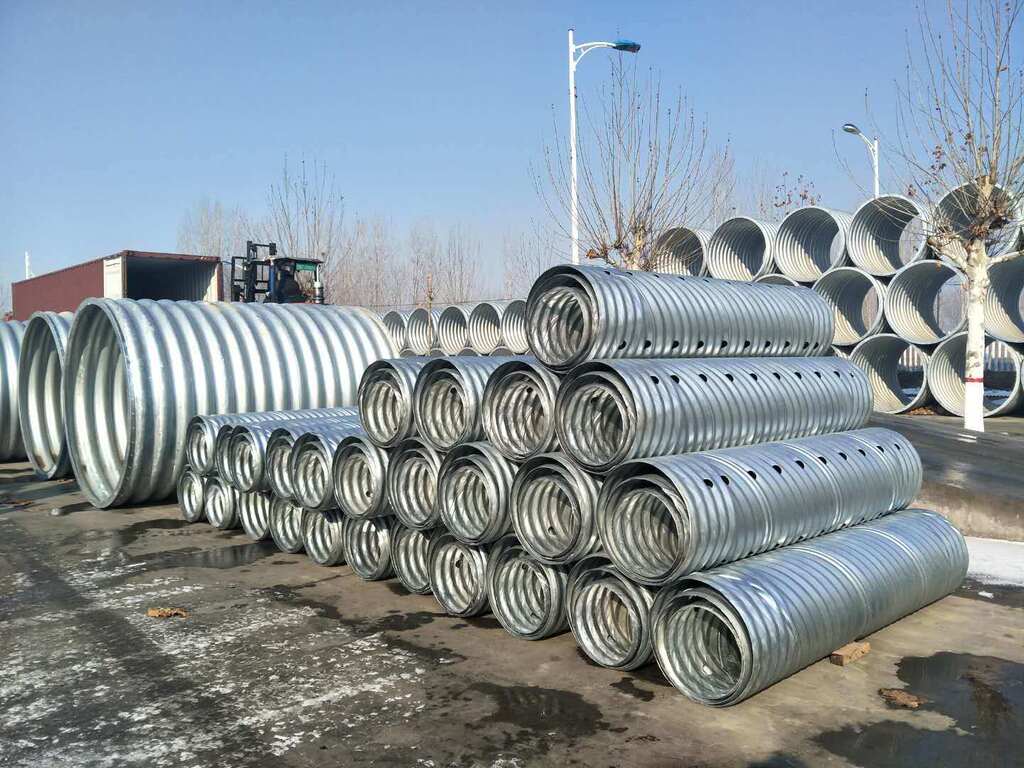A PVC duct pipe is an ultimate product for a range of systems. Therefore, before you start purchasing pipes for an upcoming project, learn more about these five essential things you need to know about PVC duct pipes and fittings to ensure you find the right products for your needs.
1. PVC Offers a Wide Range of Benefits
As a pipe material, PVC has long been appreciated for its durability and ease of use. Due to it being significantly lighter than other materials that are used for producing pipes, PVC is much safer to transport and install and requires far less time and manpower to handle. When they are in operation, PVC pipes are proven to be efficient as they render better drainage and rarely become clogged.
PVC pipes require less energy as well as fewer resources to manufacture compared to other material types, and they are easily recyclable, which serves to protect natural resources and satisfy environment-conscious consumers.
Despite all of these benefits, PVC pipes are still much more cost-effective than other materials, making them suitable for a range of projects. When considering all these benefits, it is not surprising that other industrial and consumer products are now being produced from this versatile material.
2. PVC Duct Pipes Are Excellent for Specific Projects

PVC duct pipes are a thin-walled version of traditional PVC pipes that are often utilized by contractors and builders. As a result of its thinner walls, PVC duct pipes are even lighter than standard PVC pipes, making them fitting for low-pressure gas transport. They are also regularly used in projects that involve light drainage, fume, and exhaust applications.
Similar to regular PVC pipes, PVC duct pipes are incredibly strong and also have features such as low thermal conductivity and chemical and corrosion resistance. For chemical and temperature resistance, PVC ducts have the same properties as standard PVC pipes, and they resist numerous chemicals that rust metal pipes. PVC and PVC duct pipes both are able to handle temperatures up to 140F (60C).
In other words, the only difference between PVC pipes and PVC duct pipes is their wall thickness and cost.
3. PVC Duct Pipes Come in a Range of Sizes for All Projects
No matter what kind of project you are working on, you will be able to find the right PVC duct pipe and fitting for you. Currently, there is a comprehensive array of PVC duct pipes on the market. In fact, you can find these pipes in a range of sizes from two inches up to 60 inches. Usually, the smaller-sized PVC duct pipes are produced by extrusion while the larger sizes are created by rolling a PVC sheet.
One of the most common uses of PVC duct pipes is in exhaust systems as this inexpensive and lightweight material is ideal for moving unwanted fumes and the material’s high chemical tolerance means it can withstand corrosive gases.
In other instances, PVC duct pipes can be used in DIY construction as their low cost makes them accessible for both small and large projects. What’s more, the thin walls of the PVC duct ensure that the piping is relatively straightforward to cut and bend, making them easier to use than other piping materials which often require expert knowledge and tools.
Other applications for PVC duct include chemical processing, water and wastewater treatment, ventilation, and corrosive fume transfer.
4. PVC Duct Fittings Need to Be Selected Carefully

PVC duct fittings attach PVC duct pipes to each other to increase the length or adjust the direction of a plumbing system. Specific fittings can also connect or reduce the flow within the system. The size of the PVC duct fitting that is required depends on the dimensions of the pipes that it needs to connect.
Some of the most commonly used PVC duct fittings include 45° elbows, 90° elbows, PVC pipe hangers, duct tees, rigid and flexible duct couplers, duct caps, duct wyes, duct flanges, exhaust hoods, rain caps, and PVC flexible duct. Generally, you can find PVC duct fittings available with diameters ranging from 2″ up to 24″.
When selecting PVC duct fittings for your project, it is crucial that you understand how the sizing works. PVC duct fittings use the nominal system which means that parts are compatible with each other if they are the same size, so a 2″ duct fitting will operate with a 2″ pipe.
That being said, it is essential to note that the outer diameter (OD) of the actual pipe is bigger than its nominal size. For example, that 2″ PVC duct pipe will have a greater OD than 2″. This is something to keep in mind when selecting your PVC duct fittings.
To ensure that your fittings work with your pipes, it is recommended that you always use a PVC duct fitting with a PVC duct pipe. While PVC fittings can be used with other pipe materials because they don’t have the same nominal size, it can be challenging to find the right ones.
5. Always Purchase High-Quality PVC Duct Pipes and Fittings

In order to reap all of the potential benefits of PVC duct pipes and fittings, it is essential that you ensure you are purchasing high-quality products from a reputable seller. Before you buy any item, make sure you find a company that carries an extensive line of PVC duct pipes and fittings so that you can be assured they have the appropriate option for you.
As there is a large selection of fittings for duct pipes, it is crucial that you work with a seller that has a broad range of products on offer and who is highly knowledgeable about which parts and pieces fit together best and are appropriate for your project.
Furthermore, you want to ensure that all PVC duct pipes and fittings are sourced from a top-quality manufacturer; otherwise, you can’t be guaranteed that the products are going to be as robust and effective as you want them to be.
Conclusion
Have you ever used PVC duct pipes and fittings before? If so, what was your experience with them? If not, are you considering using them for an upcoming project? Which aspects of PVC duct pipes and fittings do you think are the most beneficial? Let us know your thoughts and any relevant insights in the comments below!
Continue reading:-

